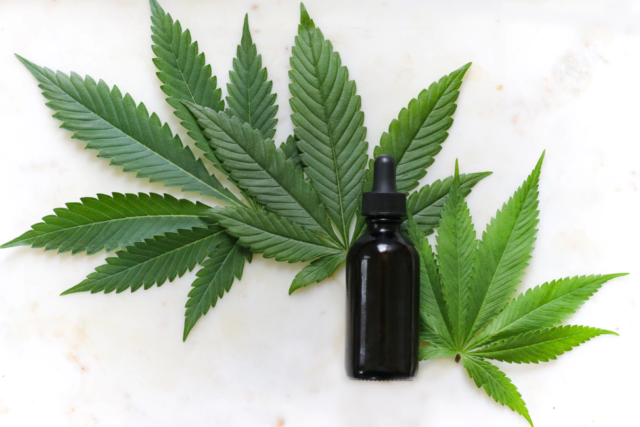
Cannabidiol (CBD) is one of many naturally occurring compounds found in the cannabis plant. Marijuana and Hemp both contain CBD, although most CBD products are mainly created from hemp.
In contrast to marijuana which contains larger amounts of Tetrahydrocannabinol or THC, the compound that induces the ‘high feeling’, hemp has lower percentages. CBD, extracted from the hemp plant does not bring upon that intoxicating effect but is noted for providing relief to pain, anxiety, and depression.
It also helps alleviate cancer symptoms and is also safe in treating our beloved pets. The vast therapeutic benefits of CBD have come into the market in the form of oils, tinctures, infused edibles, and topicals. It also holds wellness properties such as antioxidants, anti-inflammatories, and antipsychotics.
A recent report notes that the CBD market will grow to $22 billion USD by 2022 – a huge jump when compared to the current CBD market. CBD oil extracted from cannabis and hemp plants is now big business, with no signs of slowing down.
How to Extract CBD Oil?
The extraction of CBD and THC oil is the manner of creating cannabinoids in its purest and concentrated state and made safe for human consumption. It is then infused into a variety of products. It may be extracted from the cannabis plant, but it is ordinarily extracted from the hemp plant due to its lower levels of THC.
The process and method of extraction of a hemp extract will influence the contents, quality, and purity of a product. Keep in mind that cannabis extraction involves chemistry and not cooking. Some analytical skills and methods are required combined with lab equipment to perform the processes properly.
Methods for CBD oil extraction
Cannabis alcohol extraction
This form of extraction relies on solvents such as alcohol. Using a reliable alcohol extraction machine the cannabis is soaked in alcohol. Ethanol is a common choice. Ethanol is ‘generally regarded as safe’ by the FDA. It is a common food preservative and additive found in most store-bought products. It is a solvent that mixes well with water. The plant material is then lifted, the liquid is filtered and the alcohol is removed through evaporation.
Removing the chlorophyll from the extract is important to prevent the oil from having a bitter taste. The result is a dark-colored extract with a grassy flavor. One of the best benefits of this method of extraction is that there is minimal risk of leaving toxic chemicals in the final extract of cannabis.
It allows the extraction of necessary compounds of cannabinoids and terpenoids to be present. It is one of the more affordable methods and used by many companies today. Despite the lower cost, it still yields high-quality extracts.
Carbon dioxide extraction
Instead of using alcohol, this process removes cannabis components from the plant through carbon dioxide. High pressure and heat are applied to turn the CO2 into both a liquid and a gas. The equipment is more expensive as compared to other methods of extraction, but it produces a purer oil and less valuable components are lost. After the components are extracted, the carbon dioxide moves into a condenser and turns into a liquid that can be refined and reused again. The minimal reagent is used so this makes the method economical with minimal waste disposal. This method can also be adjusted to extract specific concentrations of compounds through changing the pressure, time and temperature. If any CO2 remains in the extract after the process it will evaporate. This is essential for extracts that will be used for medical purposes, as it guarantees that no residual solvent is found in the final product.
Butane or propane extraction
The use of butane as an extraction solvent produces butane hash oil. The process begins with cannabis and liquid butane pressurized in a heated system. Through the use of a vacuum and evaporation, the butane solvent can be removed. The vacuum lifts the butane from its liquid form and turns in into a vapor making it easier to remove.
This class of extract is known as shatter, which produces a clear product that includes THC, CBD, and other compounds like terpenes. To make hash oil, the terpene content must be kept to a minimum and heated to remove any remaining terpenes after the extraction process.
This method contains risks as butane burns easily when it is in a gas state. The temperature must be monitored to avoid any serious dangers of the gas exploding. The removal process should minimize the risk of any residual butane in an extract because butane is highly toxic to humans.
The dangers involved in this method make it an unpopular choice. But for companies who take extra precautions and use third-party analytical testing, butane extraction is still chosen as the costs for running the equipment are fairly low.
Instead of butane hash oil, some manufacturers opt for propane hash oil. This time, high pressure keeps the propane in a liquid state and extraction happens at a lower temperature. The temperature effects the components removed from the cannabis so butane and propane extraction results in different extracts. But like butane, special care and attention must be given to removing the residual chemicals left by propane.












